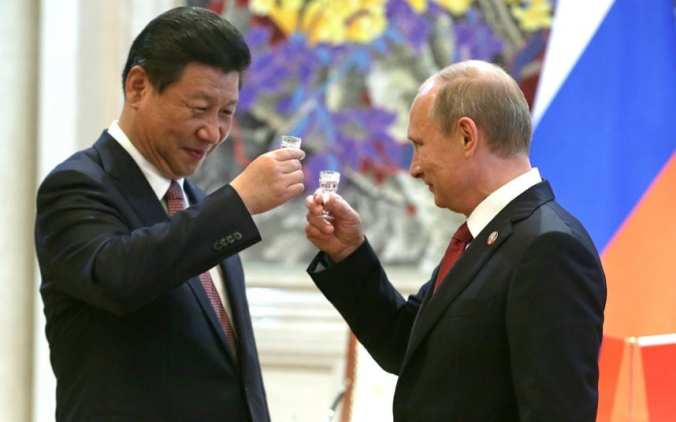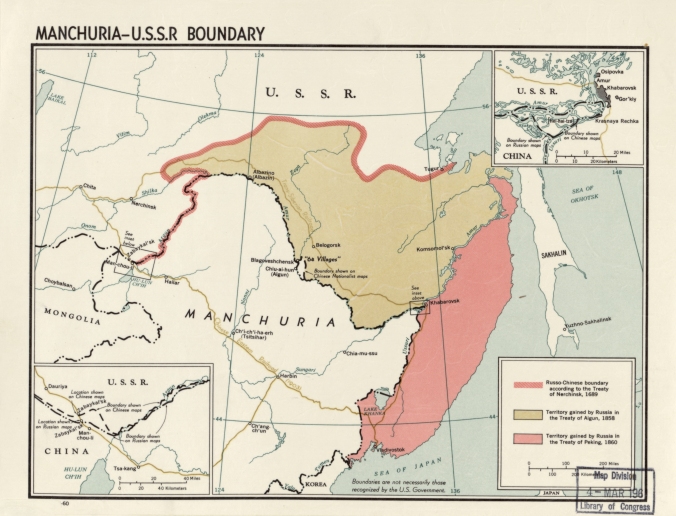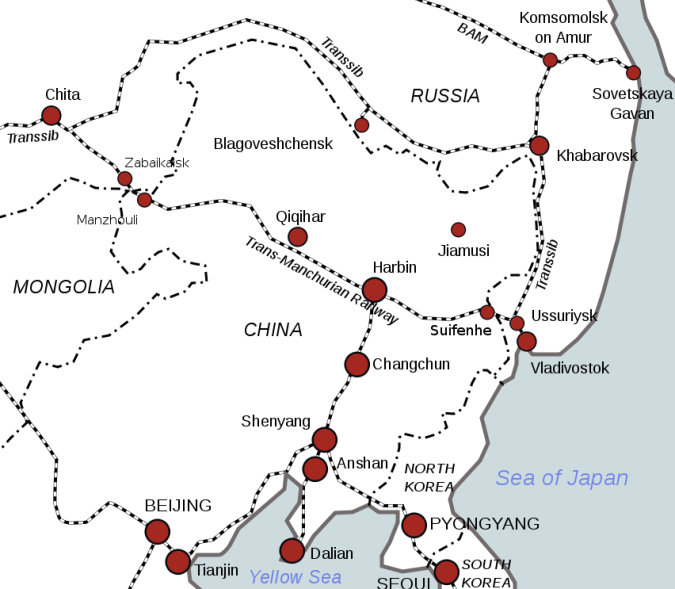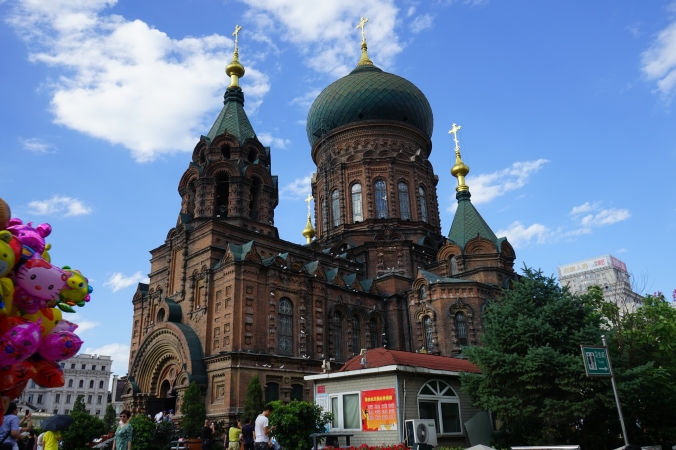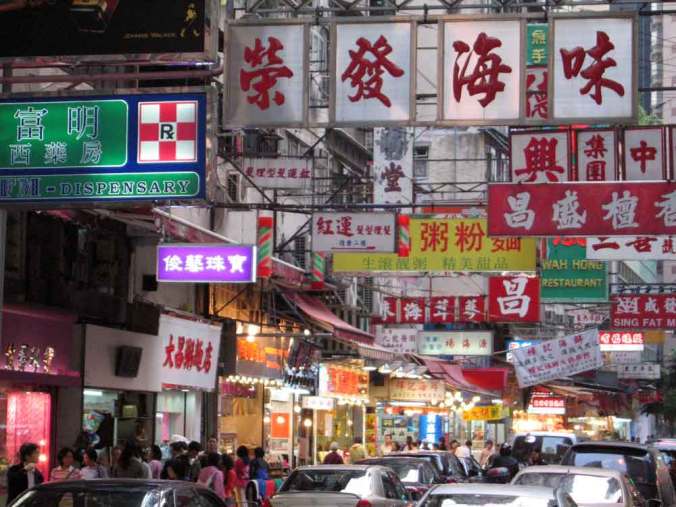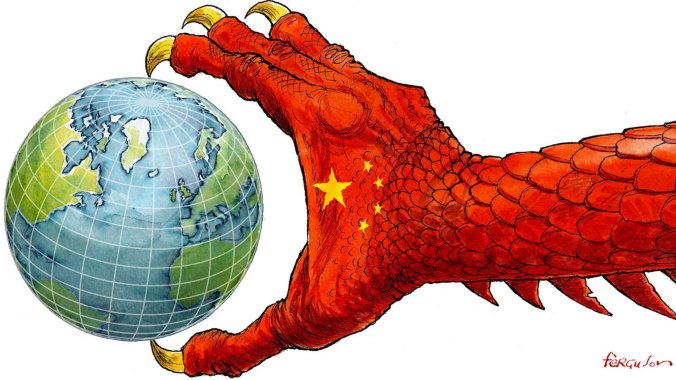
Image source: Financial Times
AN OPINION PIECE
China has prompted a great deal of hand-wringing and anxiety in the rest of the world for centuries, thanks to its massive population and alien culture. Napoleon deemed it a “sleeping giant” and urged Westerners to let it be. Chinese immigration to the West later in the 1800s produced the notion of a vague “Yellow Peril” that would swamp and ruin the West somehow. This merged in the 1900s with the “Red Peril” of Communism when Communists took over China. Southeast Asians have long had an uneasy and mostly unhappy relationship with China, and Chinese immigrant communities there haven’t always integrated well, even centuries later. Japan’s invasions and subjugation of China were partly intended to suppress its economic and military potential. All kinds of little things, from the air of superiority Chinese maintained even under foreign occupation to the bluntness and constant tone shifts of Chinese, have reinforced the idea of China as a threat.
And yet, China has also held an allure at the same time. Mostly, this is economic: it has always been the world’s biggest market, and combined with its well-organized administration and its people’s business acumen and entrepreneurial spirit, this has made it almost irresistible for foreign businessmen. Partly, it’s sentimental: there is genuine admiration for a culture that built the Great Wall, administered a merit-based civil service, and invented mapo doufu. Richard Nixon asked his ambassador to Taiwan to “just stop and think of what could happen if anybody with a decent system of government got control of that main land [China]… you put 800 million Chinese to work under a decent system and they will be the leaders of the world.” Naturally, this is part of what led him to “open up” China to the outside world in 1972; he wrote in Foreign Affairs in 1967 that “we simply cannot afford to leave China forever outside the family of nations, there to nurture its fantasies, cherish its hates and threaten its neighbors…. There is no place on this small planet for a billion of its potentially most able people to live in angry isolation.”
China’s relationship with the outside world has thus been defined by simultaneous anxiety and hope, as my series on its foreign relations has shown. But lately, especially since Xi Jinping took over as China’s dictator in 2012, foreign feelings on China have leaned noticeably toward anxiety. Partly, this is because of the international climate: America and Britain are in disarray over their own stupid political decisions, the EU is struggling to stay united and harmonious, Russia has gone rogue and rising powers like Brazil and India are still mostly preoccupied with their own development and their immediate neighborhoods. It has provided an environment ripe for Chinese influence.
But China has done its part to appear as a threat. It is relentlessly authoritarian, maybe even totalitarian: since Xi took power, surveillance and censorship have tightened, the grounds for jailing political dissidents have widened, and any mass movement is controlled and monitored by the Party or shut down. To the alarm of freedom-lovers everywhere, Xi discarded term limits last month, completing a process of consolidating his own position as China’s unchallenged dictator. After the Beijing Olympics and global financial crisis in 2008, China went through a period of smugness and assertiveness overseas; even though this mostly amounted to backing up its friend, North Korea, at the UN when it torpedoed a South Korean ship and more aggressive defense of its territorial claims in the East and South China Seas, it was clear to many foreigners that China felt confident in its new wealth and strength and increasingly willing to make itself felt on the international stage.
Xi has pushed China toward a more expansive role abroad too. Some international security analysts see China as trying to make itself the regional hegemon of East Asia and ultimately shove America out of the region; whether or not that’s true, it has militarized the South China Sea, made vague threats against Taiwan, provoked a border stand-off with India, bickered with Japan over the Senkaku Islands and Japan’s attempt to beef up its military, and bullied South Korea with a boycott. It has propped up the North Korean dictatorship in the face of international sanctions and implicitly encourages human rights abuses in countries like Myanmar, Zimbabwe and Sudan through its no-strings-attached support. Laos and Cambodia have become Chinese satellites thanks to the amount of Chinese investment there; the “Belt and Road Initiative” envisions Chinese infrastructure linking China with Europe, and has already led to massive Chinese investments and construction in the Maldives, Sri Lanka and Pakistan. At his big speech to the Party Congress last year, Xi spent a lot of time bragging about China’s development model and encouraged other countries to adopt it.
At the moment, trade is the biggest bone of contention. Salivation over China’s giant, juicy market recommenced pretty quickly after Deng Xiaoping’s opening of the Chinese economy in the late ’70s. Beyond appeasing drooling businessmen, governments had political justifications for trading with China: more trade with the outside world meant more interaction with it, which would mean subordination to more powerful countries and exposure to their superior models of government and economics. Japan’s experience after World War II was the model: it grew back into a Great Power and seemed like it would grow into an economic superpower. It delivered prosperity to its people without being an imperialist scourge and developed cool cars and technology the whole world used. The similar development stories of the “Asian Tigers” (South Korea, Taiwan, Hong Kong and Singapore) and the rapid collapse of the Communist Bloc after Mikhail Gorbachyov loosened political controls in the ’80s seemed to justify the strategy even more.
Although history hasn’t somehow ended, so far it seems that foreign expectations were wrong. Yes, China has become an economic powerhouse, the primary source of low-end manufacturing and the second-biggest consumer market (it’s still not as rich as America). Yes, China is now much more open than before and exports students and tourists more than any other country. But it’s come at a cost to foreign business. The Party has been careful to protect its state-owned enterprises and keep huge sectors of the Chinese economy under their control. Foreigners may have been willing to share their technological expertise with China when it was a struggling rival to the Soviet Union, but it is now a competitor to the West and outright steals intellectual property from foreign businesses, either through joint ventures in the country or by hacking overseas. There are export restraints and health-and-safety measures that stifle agricultural imports. Technology is the most valuable sector now, but the Giants of Silicon Valley are barred from the Chinese market. Meanwhile, the West’s manufacturing sector has been gutted.
China’s economic expansion has awakened fears of a new wave of imperialism from an unfamiliar source. Chinese demand is instrumental in keeping Latino economies afloat. China is now the largest player in Africa and builds everything from roads and railways to soccer stadiums and palaces. Sri Lanka is deep in debt thanks to a Chinese-built port it couldn’t quite afford. Myanmar reconciled with the West due to fears that it was becoming a Chinese satellite. The Philippines dropped its objections to Chinese naval activity in its waters in the hopes of attracting Chinese investment. Even Western places like the Balkans and Australia are being reshaped by Chinese intervention.
Pundits on China have always been split into hawks who fear China and urge toughness and suspicion and doves who are enamored with it and downplay the problems. These days the hawks are ascendant. China-bashing wins votes in America and Japan and popular support in Vietnam. America is hitting China with tariffs, threats and patrols in the South China Sea; Australia is undergoing a sweep of politicians under Chinese influence. Murmurs about World War III are becoming regular. Talk of China democratizing or even loosening up has basically died out. The businessmen and consultants who have traditionally urged for a cozy relationship with China have become gloomy and pessimistic.
But I believe that Nixon’s logic still holds. China is simply too powerful, important and large to ignore or shun. The genie can’t be put back in the bottle; the giant can’t be put back to sleep. The world has to cope. Relentlessly bashing China or trying to isolate it would be unwise or even disastrous. It is a proud, prickly country with a strong sense of entitlement and nationalism. Past humiliations have made it ultra-sensitive to anything resembling mistreatment. As the linchpin of East Asia, a war with it would devastate arguably the world’s most important region, set back decades of economic progress and raise unpleasant possibilities like a mass cyberattack or nuclear pulverization.
Besides, China still has much to offer the world. For all their misgivings and anxieties, developing countries mostly look up to China. The West probably doesn’t appreciate how well its development model has worked. Impoverished African countries, long overlooked by the West and Japan for their human rights abuses, are attracting desperately needed investment that for the most part actually helps. If it lives up to the hype, the Belt and Road Initiative could actually help bind Asia, the world’s biggest continent, together and encourage more trade and transit between its countries. In recent years China has pioneered technological innovation and is pouring investment into R&D in burgeoning fields like renewable energy and artificial intelligence. Even with all the hassles, its consumer market is still enormous. And expecting the Party to pursue policies that would weaken its own hold on power is a little unrealistic.
That being said, I wouldn’t classify myself as a China “dove” either. Chinese leaders tend to have an unsentimental view of the world and will continue pushing if external forces are pliant enough. They have already changed their tune in the past decade: while in the ’00s they emphasized China’s peaceful rise and its lack of interest in interfering overseas, they are now cockier, more involved and openly ambitious. China’s so-called “sharp power” (its increasing ability to pressure foreigners peacefully but aggressively) is worrying and could get sharper. Foreign leaders, especially in the West, will have to stand up for their own principles and make sure the Chinese stand by theirs. Shenanigans like China’s trade violations that rankle a lot of countries would make good opportunities for united fronts like the Trans-Pacific Partnership (a pan-Pacific grouping of East Asian, Oceanian and American countries focused on lowering trade barriers). Bullying over issues like the Dalai Lama and Taiwan should be resisted. During the Cold War, the “containment” policy of limiting Soviet influence ultimately worked; although outright containment would be inappropriate for a country as integral as China, America, Japan, India, Vietnam, the EU and Australia would do well to coordinate efforts to counter its influence and offer small countries alternatives.
I am not altogether hopeful that this strategy will be adopted. Great Powers don’t like to cede influence willingly, and there will have to be voluntary cession of power and influence to accommodate China peacefully. “Accommodate China while remaining firm on our core interests” isn’t going to pump voters up. Non-Western countries are too diverse and conflicted about China for the West to ally with without a lot of friction, and it might be too much. But navigating a middle course between caving in and lashing out is the most prudent way for the world to cope with China. Look at East Asia, which has the most experience with it: countries like South Korea and Singapore have been careful to be friendly with China without alienating America or ceding their sovereignty. Even Vietnam, traditionally very suspicious of its neighbor, has been careful not to be too confrontational. The world would do well to listen to Master Kong, who declared that “the superior man cultivates a friendly harmony without being weak.”
